Modern buildings are becoming more complex and require a more detailed understanding of moisture flow, moisture control and construction details. Topics that I will be covering range from understanding the saturation of air, thermal bridging to specific roof and wall construction details.
Introduction to Leaky Building 2.0
"Health is not everything, but without health, everything is nothing."
Arthur Schopenhauer (1788-1860)
Good health depends on healthy living conditions. Energy efficiency, freedom from structural damage and a healthy indoor environment rely on the right construction and intelligent moisture management.
In comparison with the rest of the world, New Zealand has very clean outdoor air due to its geographic location and weather conditions. In spite of the very low level of environmental pollution, New Zealand has one of the highest rates of asthma in the world due in part to mould. The growth of mould on building materials (visible mould) is caused by cold surfaces which arise in the vicinity of thermal bridges.
Thermal Bridges
Thermal bridges are spots in a construction where the insulating layer is interrupted or otherwise imperfect. A distinction is made between thermal bridges caused by geometry (geometric thermal bridge) and those caused by materials (structural thermal bridge).
Geometric Thermal Bridges
Thermal bridges caused by geometry can be found in places such as corners and junctions of building elements. In these situations, the outside surface area is greater than the inner surface area allowing the outer surface to radiate more energy outward. The corners of buildings and fittings integrated in the external building envelope pose a particular risk of forming thermal bridges if the joints are inadequately insulated, or not insulated at all.
In New Zealand, the frames of buildings with masonry cladding are often constructed in such a way that there are two studs diametrically opposite each other at the corners of the building. Thus there is no stud at the actual corner, creating an uninsulated void, a thermal bridge. This void is closed off by the wall underlay on the outside and by the two studs on the inside, meaning it is only possible to insulate the outer corner before the wall underlay is fitted. However, this is not usually done during construction, so the corners remain uninsulated.
Building envelopes with wooden cladding have a stud added in the corner of the building, which ameliorates the thermal bridge. The same situation occurs at the joints of internal walls, where the stud for the internal wall is often facing inwards, right beside two posts of the exterior wall. Here again, the void between the two studs is closed off by the wall underlay and the stud for the interior wall and it is thus only possible to insulate it before the wall underlay is fitted.
The corner of the building cannot be insulated by the person who installs the thermal insulation if the wall underlay has already been fitted. The same also applies to joints between exterior walls, once the wall underlay has been fitted it is impossible to add more insulation from the inside.
Thermal bridges on this scale result in significant cooling of the surfaces of the inner lining, thus causing higher humidity and potentially condensation, and thus mould growth on the surfaces. Mould is able to grow even if there is just elevated humidity, not only if it is wet.
An uninterrupted layer of thermal insulation can also be prevented by fittings in the wall. If there are fittings in the layer of the wall where the insulation is, it is very difficult to ensure adequate thermal insulation in the compartments. This is another place where thermal bridges occur, resulting in cooling of the internal surfaces and thus creating a risk of mould.
Structural Thermal Bridges
Structural thermal bridges can be caused by using materials that have high thermal conductivity e.g. metal, and in particular steel beams. Steel is often used as a static element in wooden constructions to absorb high single or line loads, if required by the structure. Steel components act as structural thermal bridges in wooden structures as well as in steel structures, such as steel frame buildings. In such cases it is advisable to add a layer of thermal insulation to at least one side of the metal framework.
Steel conducts heat out of a building very quickly in the winter, so steel components are always the coldest spots in any structure. This can reduce the surface temperature on the inside significantly, causing condensation to form either on the surface or within the structure. A layer of thermal insulation should be put on at least one side (preferably on the outside) of steel components to reduce the effect of structural thermal bridges. Ideally, steel components should be insulated on all four sides, but this is not always practically possible. In addition to posing a risk of mould and structural damage, thermal bridges also result in heat loss, resulting in higher heating costs and thus in higher CO2 emissions.
Any comments or questions are welcome. For background information relating to this article you can download a PDF of the New Zealand-based study on airtightness and moisture management. If you prefer a free hardcopy please either email us or call 0800 PRO CLIMA (776 254).









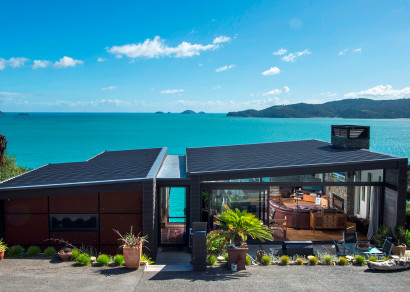



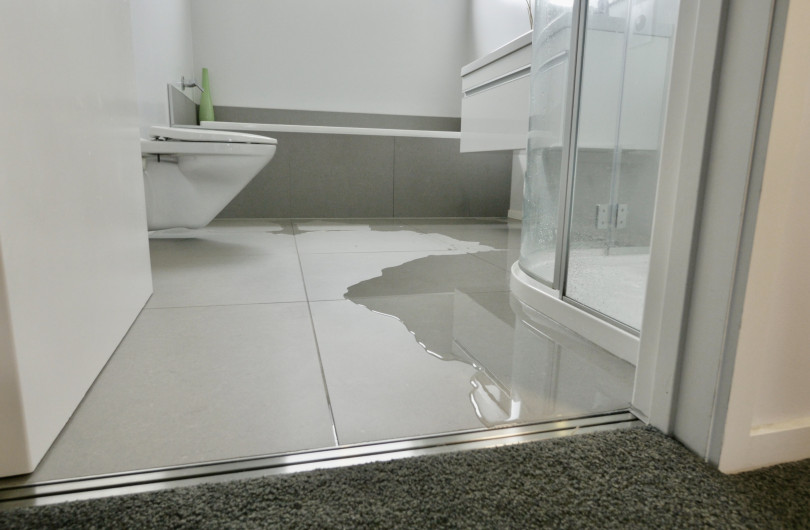
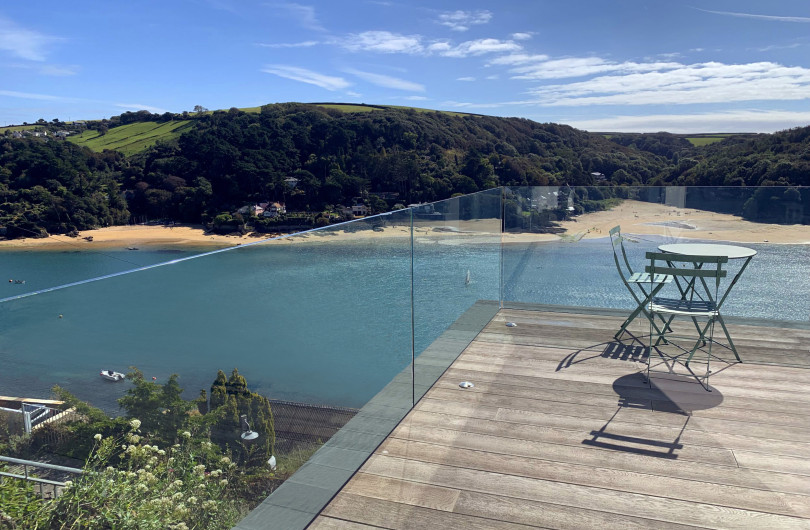
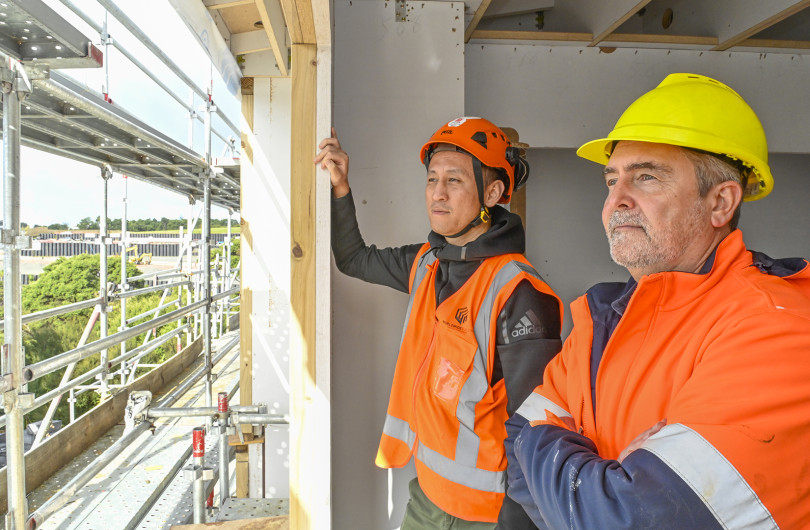
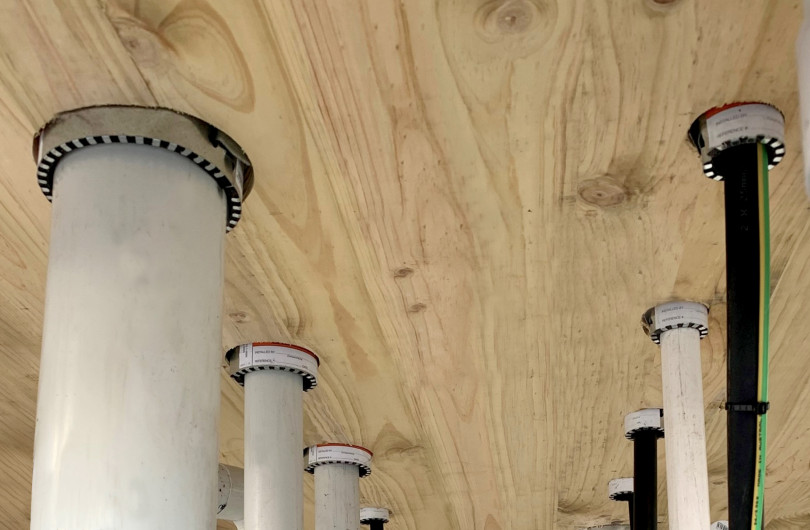

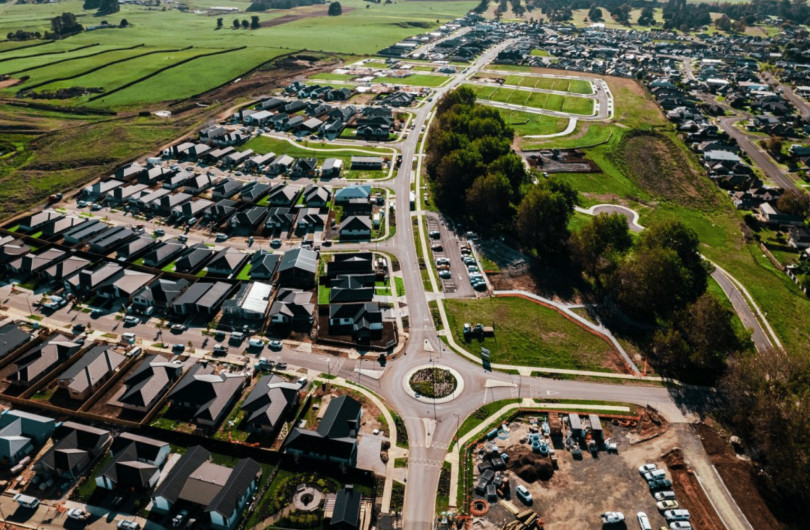

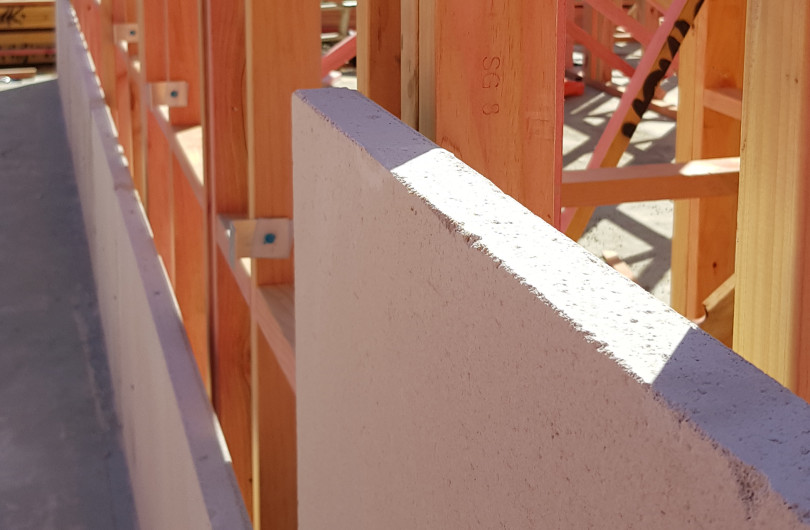







 Most Popular
Most Popular Popular Products
Popular Products


